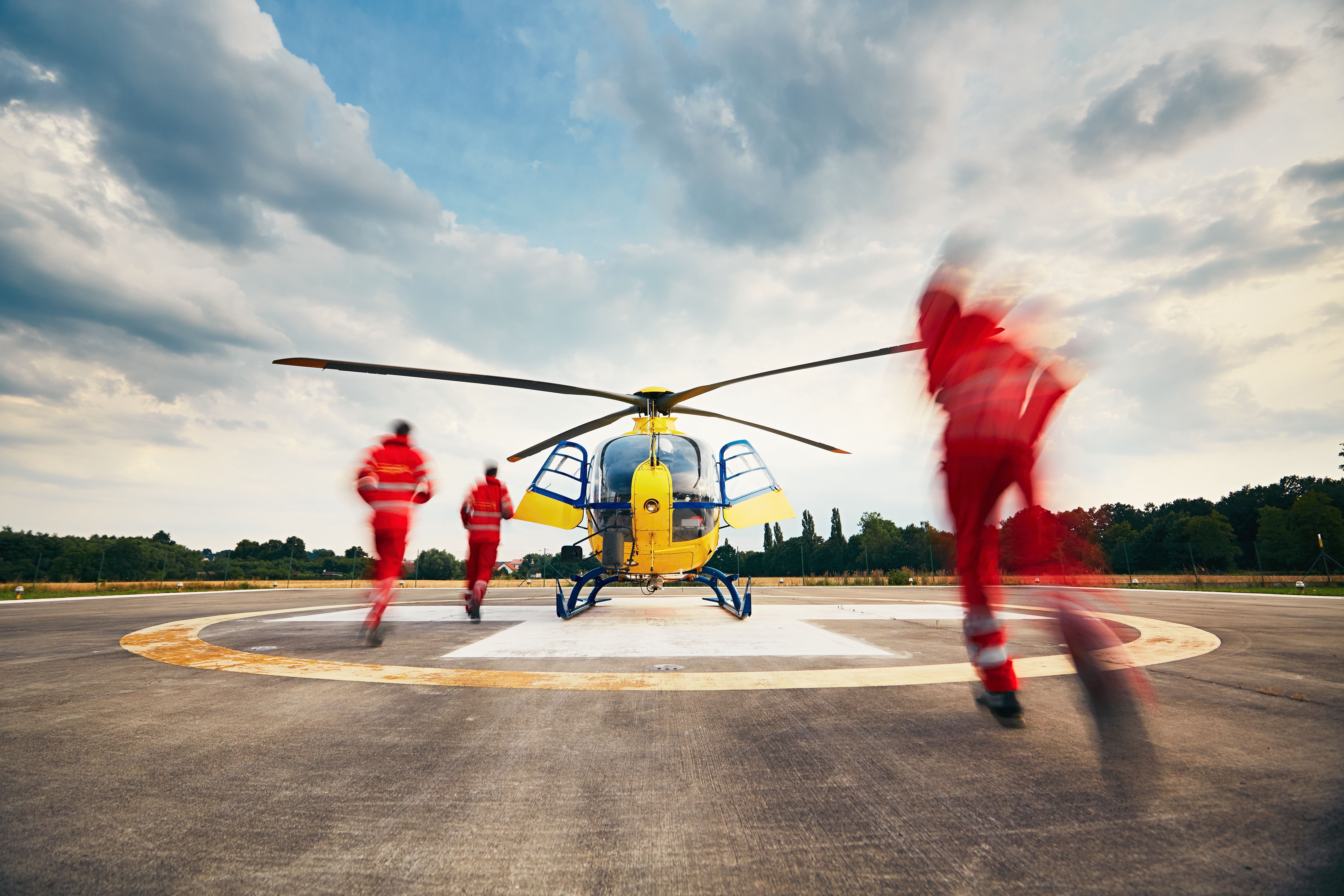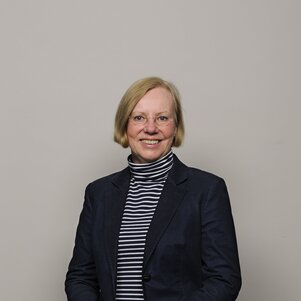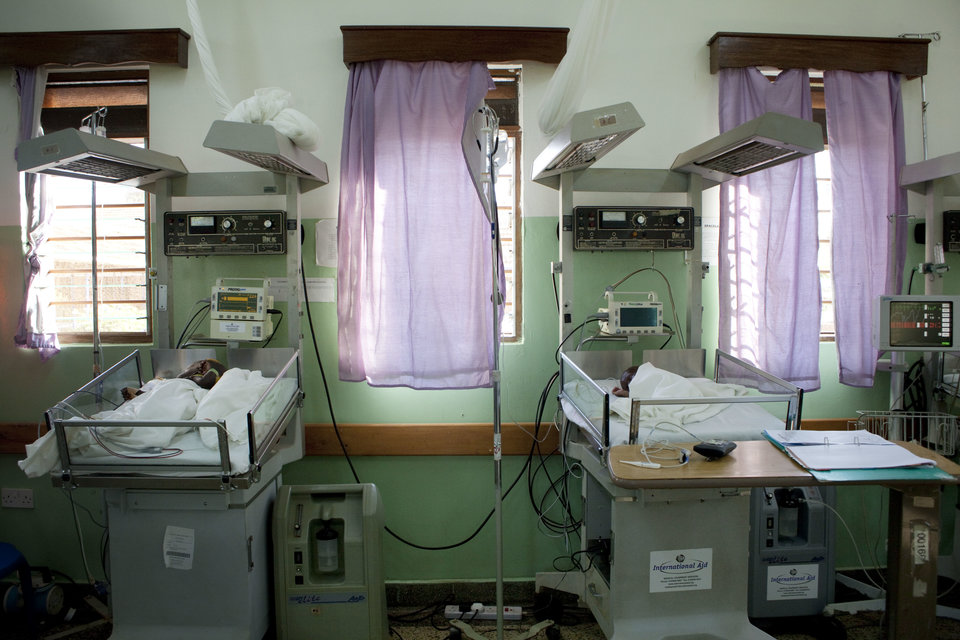How do you distribute ambulances across a country? And where do you position emergency helicopters? Professor Karen Aardal looks for the optimal distribution such that victims can receive help as quickly as possible. Her most important weapon is optimization.
I look for the very best solution among an astronomical number of options
Karen Aardal
Every day, there are several serious accidents in the Netherlands. It could be someone falling from a kitchen stepladder, colliding with a lamp post, or having a stroke. Victims then need rapid assistance, because sometimes a few minutes can make the difference between life and death. It is therefore of the utmost importance that ambulances and emergency helicopters are positioned strategically, in a way that minimizes the time needed to reach victims.
Smartest combination
But how do you position vehicles strategically? It’s not that simple, as Karen Aardal knows from experience. She is a professor at TU Delft since 2008, and specializes in optimization. “I look for the very best solution among an astronomical number of options. After all, you can position ambulances more or less anywhere. Suppose you have ten ambulances – that means there is an almost infinite number of combinations of positions. With the help of mathematics, I can work out what the smartest combination is, so that ambulances are able to get quickly to where they are needed.”
Norway
Aardal recently investigated this for emergency helicopters in her homeland Norway. Whereas the four emergency helicopters in the Netherlands are called out ‘only’ six times a day, they are used much more frequently in Norway. That is hardly surprising, given that Norway is very sparsely populated and also has severe winters that make the roads almost impassable. On top of that, the Norwegians love their outdoor sports, which of course entails a degree of risk at less accessible locations, such as ski slopes. Helicopters are often the fastest way of reaching the scene of an accident in such cases. Nevertheless, the Norwegians are not always successful in reaching an accident within 45 minutes, the target set by the government.
At the request of the Norwegian air ambulance organisation, Aardal and her colleagues, Theresia van Essen and Pieter van den Berg, investigated whether this could be arranged better. “To do so, we used different types of data”, she says. “We knew, for example, the radius within which the helicopters operate and the places where accidents had occurred in recent years. Even though you want to reach every corner of the country, at the same time you need to have additional ambulance capacity in the more densely populated areas. There are also certain places that you can rule out having a helicopter platform – the centre of Oslo, for example. All these variables affect the positioning of the helicopters.”
Optimization models and algorithms
Aardal and her colleagues solved the ‘puzzle’ by dividing up the whole of Norway into a grid with squares, each one square kilometre in size. Every one of those squares – almost 400,000 of them – could potentially contain one helicopter base. Using optimization models and algorithms (see the inset for an example), they were able to determine which of the numerous options would give optimum cover. From their research, it turned out that four helicopters are enough to reach ninety per cent of all Norwegians within three-quarters of an hour. However, reaching everyone in Norway would require nine bases. If the emergency services had to reach their destination within half an hour, then the number of helicopter bases would have to be doubled.
Their study did not go unnoticed. It is not just the air ambulance organisation that is considering repositioning its emergency vehicles: Aardal and her colleagues have also been asked to extend the research into the positioning of land ambulances. The aim was to find the ideal distribution of emergency helicopters and land ambulances throughout Norway.
Changing coverage per area
Aardal had already carried out similar work in several ambulance regions in The Netherlands. In collaboration with the Dutch National Institute for Public Health and the Environment (RIVM), researchers at CWI Amsterdam and TU Delft and several ambulance regions - she spent five years working out how to distribute the ambulances as smartly as possible. With her colleague Rob van der Mei and four PhD students, she looked for a dynamic model for positioning ambulances. Aardal says, “That is important, because the areas covered by the various vehicles are changing all the time. When an ambulance leaves its post in order to collect a patient, it leaves a gap in the area it covers. By shifting another ambulance, you can close that gap again.” A start-up eventually took over the model and implemented it in various emergency call centres.
According to Aardal, optimization can be used not just for life-saving scenarios like ambulance planning. The routes taken by package delivery companies or snow clearance vehicles can be optimised in the same way. Aardal continues, “That may sound trivial, but bear in mind how much diesel emissions it could save if every freight vehicle were to take the shortest route. It is not only cost-efficient, but can also prevent harm to the environment. There are clear benefits to society.”
In her work, Aardal uses techniques from linear algebra, cryptography and probability in order to arrive at an optimum solution. The great thing, she believes, is that mathematics often provides a solution that is ‘one hundred per cent certain’ to be the best of all the options based on the model you are using.
An example of optimization
Suppose that a farmer has a piece of agricultural land one square kilometre in size. He can cultivate wheat, barley, or a combination of the two. Per kilo, he earns more from wheat than barley. However, the insecticides for wheat are more expensive than those for barley, and there are also restrictions in terms of how extensively they may be used, for environmental reasons. So which crops should the farmer sow in order to maximise his profit? Optimisation can help him find an optimum in which the yield, the costs, and the restrictions are weighed up against one another.
According to Aardal, TU Delft is an excellent biotope for applied mathematics. “I briefly had the fear that TU Delft might be a stronghold of old school male engineers, but fortunately that was very far from the truth. This is an innovative and thriving university with a great deal of overlap between disciplines. Scientists from other degree programs don’t hesitate for a moment in coming to see us in relation to mathematical problems.”




